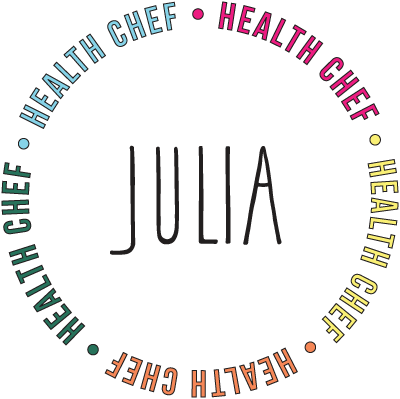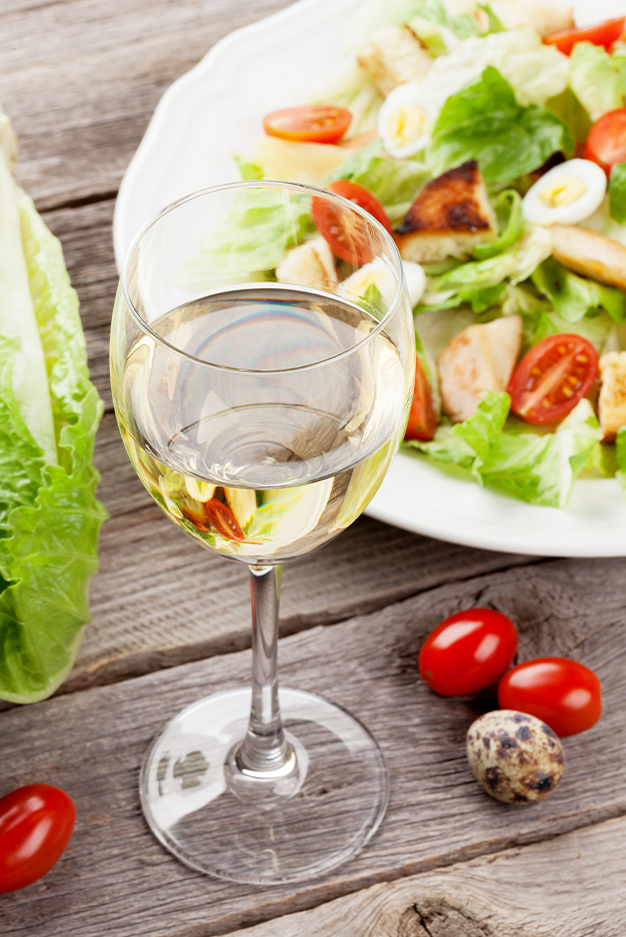There’s something a little sad about how we worry over the different types of wine we can use for cooking. If you know anything about me, you know I encourage home chefs to keep it simple: experiment with what works best for you! That being said, it can sometimes help to have a jumping-off point. A few classic tips can help you decide where to start with white wine for cooking, so read on to learn more.
Low Alcohol Content
The point of adding wine to a dish is to add some subtle, fruity flavors while cooking off the alcohol—so the last thing you want to do is add so much alcohol that the flavor of it comes through in your dish. Starting with a bottle that has a lower alcohol content, ideally in the 10-12% range, can help you strike the right balance.
What Grows Together Goes Together
This is a classic saying when it comes to food and wine pairings, and it’s just as true here. If you’re cooking a food from a specific country or region, it can help to find a wine that’s from that region as a natural pairing.
Medium Price Range
When it comes to white wine for cooking, it’s a good idea to avoid cooking wines which can be pretty low quality and may end up muddying the flavors of your dish. These wines can also have added salt, which can throw off the balance of your final result.
At the same time, you don’t want to go all out on a super-expensive option, either. Find something in the mid-price range—maybe $8-12 on average—as a starting point.
Consider All Components of Your Dish
If you’re making meat, creamy sauces, or gravy, the best wine to pick will be a rich, dry white wine like Chardonnay. Seafood dishes pair best with a crisp white wine like Pinot Grigio, and herbal or floral white wines like Sauvignon Blanc are great beside vegetable dishes for an acidic balance. (According to Cooks Illustrated, Sauvignon Blanc is actually one of the highest recommended wines to cook with anyway!)
Use Every Drop
The downside of not using white wine for cooking is that the leftovers won’t last quite as long in the fridge as a cooking wine would. Once you’ve opened the bottle, you can store it in the refrigerator for two to five days, as long as you cork it again. Of course, that’s only if you don’t drink it with the meal!
Again, don’t hesitate to play around with these cooking wine tips, as the best white wine is the one you like to cook with. As you start trying new recipes and experimenting with what works for you, take a look at our other blog posts for more of the techniques you need to know.



